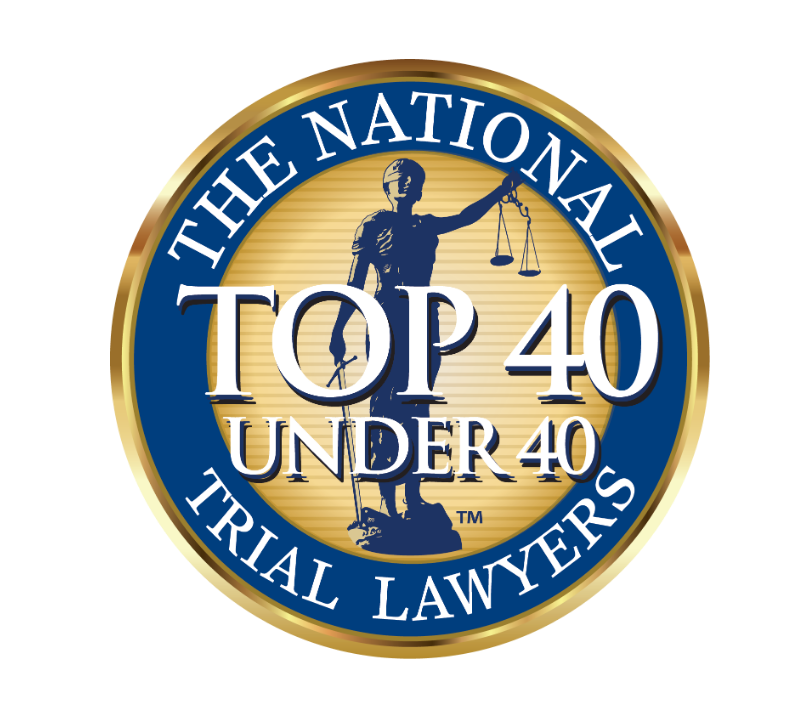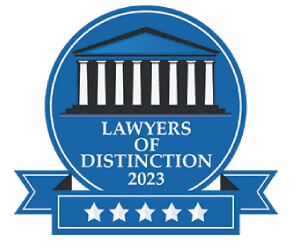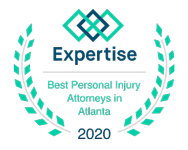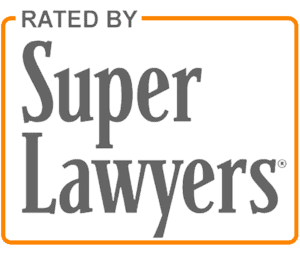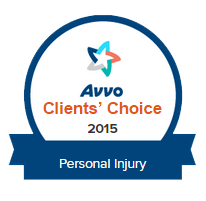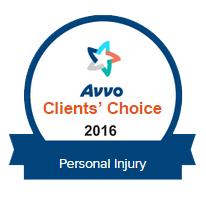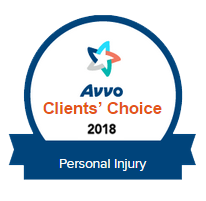To determine who is at fault in a T-bone accident, you must identify who had the right of way when the accident occurred. A car accident attorney can help prove fault by gathering the appropriate evidence to show that the driver, who didn’t have the right of way, caused the accident.
What Constitutes the Right of Way?
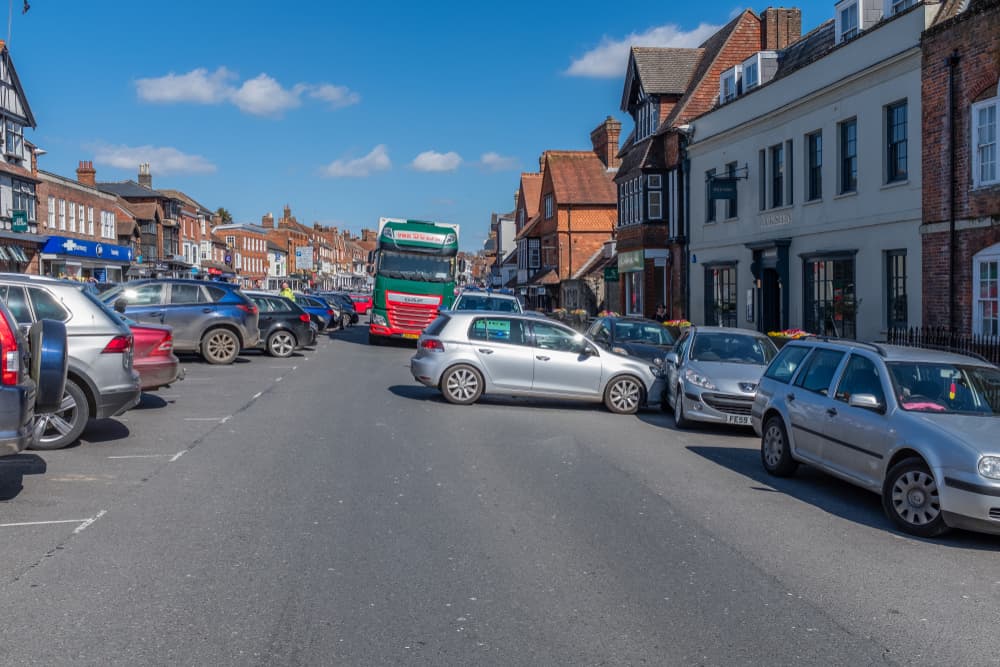
Many accidents at intersections happen because some drivers don't follow or understand right-of-way laws. These laws define when it's a driver's turn to go before another driver to keep the roads safe. In most cases, drivers in the flow of traffic typically have the right of way over drivers trying to turn into the flow of traffic. When the driver trying to turn ignores the vehicle with the right of way, they could cause an accident.
Right-of-way laws have significant importance at a four-way stop. These laws state that the car approaching the stop sign first can go before the other vehicle. If two vehicles approach the stop sign simultaneously, the vehicle turning to the right can go first.
While each jurisdiction has different laws concerning the right of way, laws across the country have many similarities. Speaking to a personal injury attorney can help you better understand the right-of-way laws where your accident occurred.
Why Do T-Bone Accidents Happen?
T-bone accidents happen for various reasons, especially when a driver doesn't wait until conditions are safe to turn or for a light to turn green. In almost all cases of T-bone accidents, the fault lies on the driver, who did not have the right of way.
Running a Red Light
T-bone accidents caused by people running red lights can lead to catastrophic consequences. Many people run red lights because the light turned yellow to red, and they thought they could make it in time. When these accidents occur, the vehicle is usually moving at high speed, thereby prompting greater damage and injuries.
If applicable, your attorney can request to review the footage at the light to prove that you had a green light when the accident occurred.
Running a Stop Sign
Stop sign accidents can happen at both two-way and four-way stops. When two drivers enter a four-way stop at the same time, and they go simultaneously, a T-bone accident could occur. Fortunately, these accidents happen at slower speeds, so there may be less damage and minor injuries. By obtaining witness testimony and information from both drivers, your attorney could help you identify the at-fault party in this case.
Determining fault at two-way stop sign accidents is usually simple. In many cases, the responsible party is the driver who had the stop sign and still pulled out in front of another vehicle.
Left-Turn Accidents
When a car leaves a parking lot, turns left onto the street, or turns left into a parking lot, T-bone accidents can occur. The vehicle turning left must look both ways carefully before entering the roadway. If they don't, oncoming traffic can crash into them.
Unless the vehicle in the oncoming traffic sped excessively or was under the influence of alcohol or drugs, the fault typically falls on the left-hand turn driver.
When Cars Make a U-Turn
Even though intersections sometimes allow drivers to make a U-turn, T-bone accidents can still happen. Many drivers don't make U-turns often and therefore don't always correctly gauge how long it takes to make the complete turn. Because of this, their vehicle could stay in the middle of the road longer than expected.
The driver making the U-turn may be at fault in these accidents, even if they were at an intersection where U-turns were allowed. They must recognize if oncoming traffic could interfere with their turn and wait until it has passed.
Does the Driver With the Right of Way Ever Bear Fault?
In most cases, the car that doesn't have the right of way will be at fault for the accident. Although some situations occur where the car with the right-of-way will have some responsibility in the accident.
Examples of situations where the car with the right-of-way would have some fault in the accident include:
- They sped excessively.
- The driver's distraction caused them to hit the other driver.
Evidence You May Need to Prove Who Is at Fault for the T-Bone Accident
Evidence from the accident scene could help when trying to prove fault in your T-bone accident case. Taking pictures of evidence could help your case.
Examples of photos that documented what happened may include:
- All vehicles involved in the accident
- Damage to other items near the accident scene, such as traffic lights, buildings, or stop signs
- Any markings on the street's surface, such as skid marks, show that a vehicle tried to slam on its brakes
- Your injuries
In addition to the photographic evidence, other evidence from the scene could help prove fault, such as:
- Notes you took immediately after the accident describing what happened. Within these notes, it's helpful to include as much detail as possible so you can remember what happened. As time goes on, you could forget these details. So, having them written down could help if you have to testify later to what occurred.
- The police report of the accident. Your attorney can review the police report to find any information that could lead to proof of fault in the T-bone accident. When you make your statement on the police report, you should give the law enforcement officer as much detail as possible.
- Descriptors of all the vehicles involved in the accident. These details include the make, model, and color of each vehicle. Also, get the license plate number, driver's license number, name, and contact information of the at-fault driver. This information could come in handy if you cannot get a hold of them or their insurance company through the claims process.
- Look for security cameras that could have caught the accident on a video recording. Your attorney could later contact the camera's owners and request to look at the video footage. This video footage could provide insight into who is at fault for the T-bone accident.
Applying the Evidence to the Standard of Negligence
Once your attorney has gathered all the evidence, they must apply it to the theory of negligence, which consists of:
- Duty of care
- Breach of duty
- Causation
- Damages
Let’s say that you were at a four-way stop, and it was your turn to go. While you’re in the middle of the intersection, another car is approaching. That driver has a duty to slow down and let you go. Instead, they breach that duty by continuing to drive, and they strike the side of your car, causing a T-bone accident. Now, you’re injured and face damages, such as medical bills, lost income, property damage expenses, and pain and suffering.
You must show that each of these elements of negligence exists in your case. Otherwise, the insurance company and courts will not accept your case, leaving you without any options for compensation.
The Potential Dangers of T-Bone Accidents
T-bone accidents have many dangers associated with them. Not only could your car get totaled, but you could also sustain injuries.
Depending on the location of passengers in the vehicle, T-bone accidents can lead to serious, sometimes catastrophic, injuries, such as:
- Traumatic brain injuries (TBI)
- Broken bones or fractures
- Burns
- Whiplash
- Spinal cord injuries
- Chest trauma
- Abdominal injuries
- Lacerations and contusions
Possible Compensation You Can Receive Following a T-Bone Accident
These aforementioned injuries could make you require medical treatments for the rest of your life, but you shouldn’t be left to deal with this aftermath on your own. Since the other party chose to act negligently, you could seek compensation for your losses through a claim or lawsuit.
Examples of financial losses you could face because of your injuries could include:
- Medical care expenses for past and future care
- Lost income, benefits, and other employment opportunities
- Reduced future earning capacity if you cannot return to work for the time being
- Property damage costs for car repair or replacement
- Funeral or burial expenses if you lost a loved one from the crash
When you hire an attorney, they can fight for you to recover compensation for these damages, as well as your non-financial losses, such as pain and suffering, mental anguish, and scarring and disfigurement. Just because you didn't suffer a financial loss because of these damages doesn't mean you didn't suffer. You should fight to recover compensation for any loss you endured because of someone else's reckless actions.
How Long Do You Have to Pursue the Other Party After a T-Bone Accident?
How long you have to pursue the other party for a financial recovery will depend on which avenue to compensation you take. For example, if you file a claim with the insurance company, you must comply with the deadline written in the policy. Note that this deadline varies by company.
On the other hand, if you’re bringing a lawsuit against the other party, you must adhere to your state’s statute of limitations. This time frame usually spans from one to three years, as each state dictates how long claimants have to take action. Exceptions that extend the deadline may apply, but they are few and far between.
If you try to file suit once the statute of limitations has passed, the court will most likely not hear your case. The same idea goes for filing an insurance claim. That’s why it’s so important to begin building your case as soon as possible. If you involve a car accident lawyer in your case early in the process, they can work with you to meet the corresponding deadline and avoid any negative turnouts.
A Lawyer That Handles T-Bone Accident Cases Can Assist You
Dealing with the consequences of a T-bone accident can be overwhelming on your own. You should be focused on healing from your injuries, not figuring out how the insurance and legal systems work. That’s where a personal injury attorney can come in and help you.
Responsibilities they can take on for you include:
- Picking up a copy of the official police report
- Gathering different pieces of evidence
- Establishing the at-fault party
- Maintaining all communication with the other party and their insurance and legal representatives
- Fighting for a settlement that covers all of your damages
- Taking your case to a trial, if necessary
You can also rely on your attorney to keep you in the loop on how your case progresses. If you still have questions, you should feel comfortable enough to reach out to them and expect a prompt answer.
Many T-bone crash attorneys take such cases on a contingency-fee basis. That means you don’t have to worry about paying them up front or hourly to work on your case. Instead, their payment comes out of the compensation they recover for you when they resolve your case.
Allow a Lawyer to Help You Determine Fault for a T-Bone Accident
A personal injury attorney can make determining the liable party in a T-bone accident case easier. They will know the steps to take so you don't have to take on the investigation by yourself. In addition to identifying the liable party, they can assist you through the claims process so you can try to recover compensation for your injuries. Contact a law firm near you today to learn more in a free consultation.
